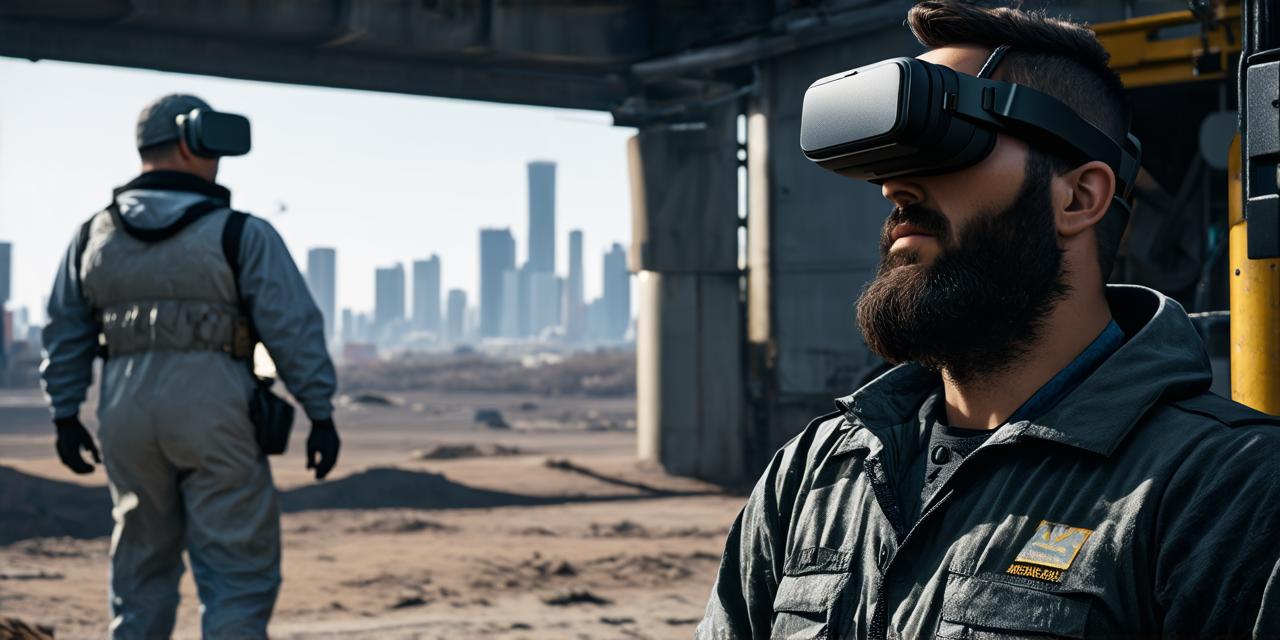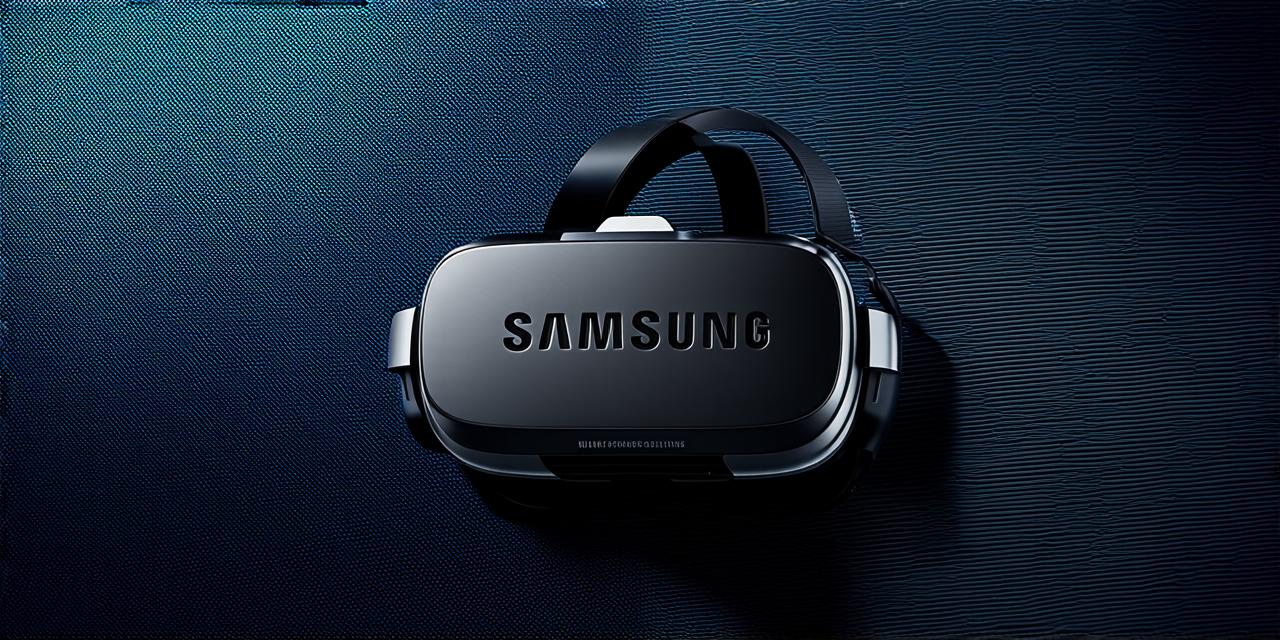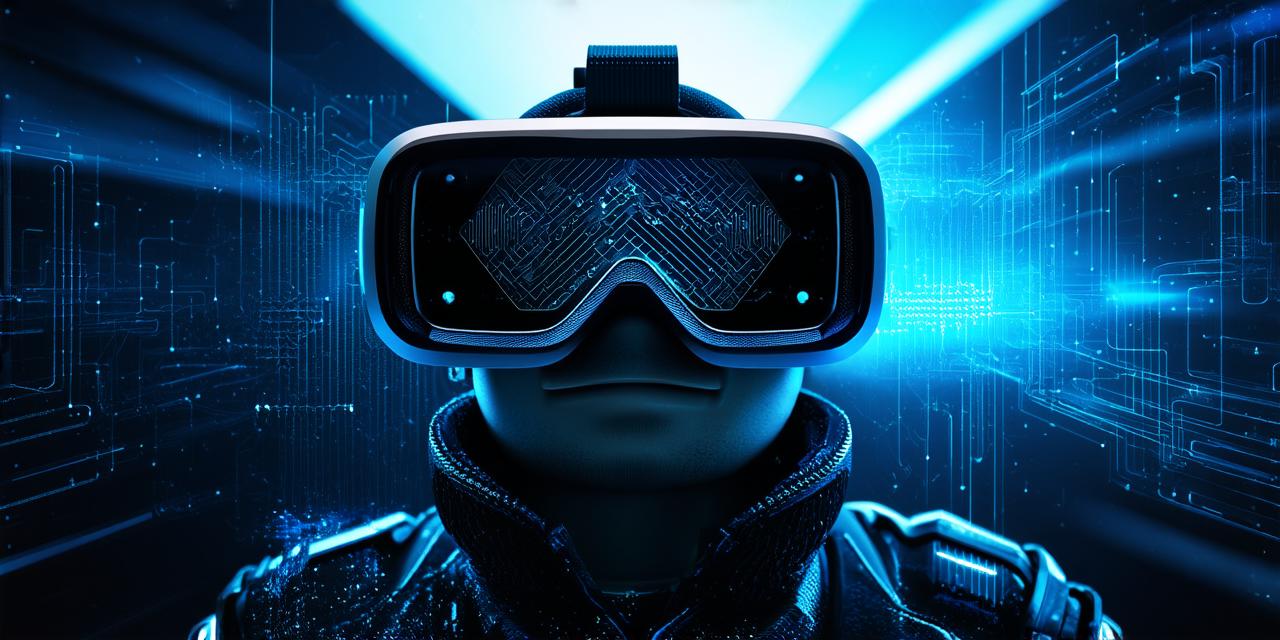Potential Problems with Virtual Reality
Virtual reality technology has made significant strides in recent years, offering users immersive and interactive experiences that were previously unimaginable. However, like any other technology, virtual reality also has its drawbacks.

1. Motion Sickness
Motion sickness is one of the most common complaints among virtual reality users. It occurs when there is a mismatch between what the eyes see and what the brain expects to feel. This can lead to nausea, dizziness, and disorientation. While some people may be more prone to motion sickness than others, it can affect anyone who spends a significant amount of time in virtual reality.
2. Eye Strain and Fatigue
Virtual reality requires users to maintain a constant focus on a digital screen, which can lead to eye strain and fatigue. This can result in headaches and other vision problems, especially if users spend extended periods in virtual reality.
3. Isolation
While virtual reality offers the illusion of being in a social environment, it can also lead to feelings of isolation. Users may feel disconnected from the real world and struggle to maintain relationships with friends and family outside of virtual reality.
4. Addiction
Virtual reality technology is highly addictive, and users may find themselves spending more time in virtual reality than they intended. This can result in neglecting other aspects of their lives, such as work, school, and socializing.
5. Health Risks
Spending extended periods in virtual reality can lead to physical health risks, such as motion sickness, eye strain, and fatigue. It can also lead to sedentary behavior, which can result in obesity and other health problems.
6. Limited Interaction
While virtual reality offers immersive and interactive experiences, the level of interaction is still limited. Users may feel frustrated by the lack of real-world interaction and struggle to connect with others in virtual reality.
7. Cost
Virtual reality technology can be expensive, and not everyone may have access to it. This can create a digital divide and limit the number of people who can benefit from virtual reality experiences.
8. Privacy Concerns
Virtual reality technology collects a significant amount of data about users, including their location, movements, and behavior. This raises privacy concerns and may make users feel vulnerable.
In conclusion, virtual reality technology has the potential to offer immersive and interactive experiences that were previously unimaginable. However, it also has its drawbacks, such as motion sickness, eye strain, isolation, addiction, health risks, limited interaction, cost, and privacy concerns. It is essential to be aware of these potential problems and take steps to mitigate them when using virtual reality technology.



